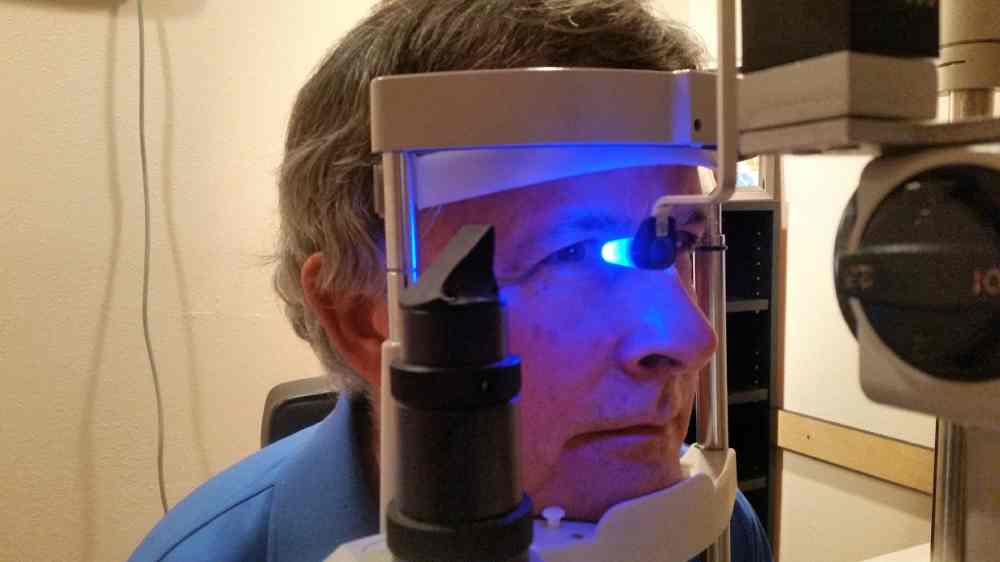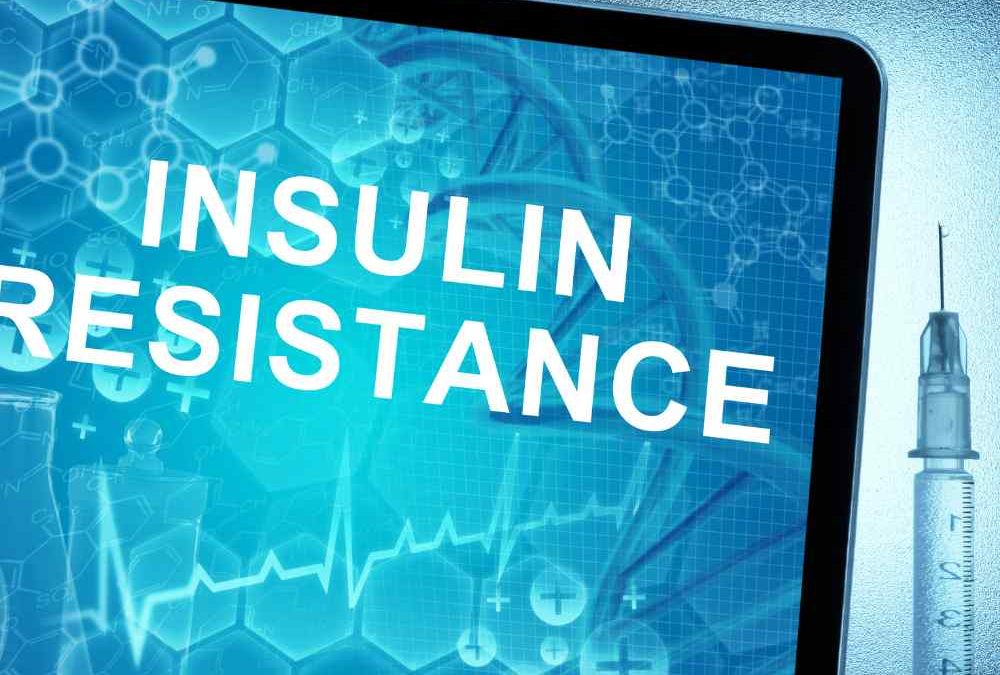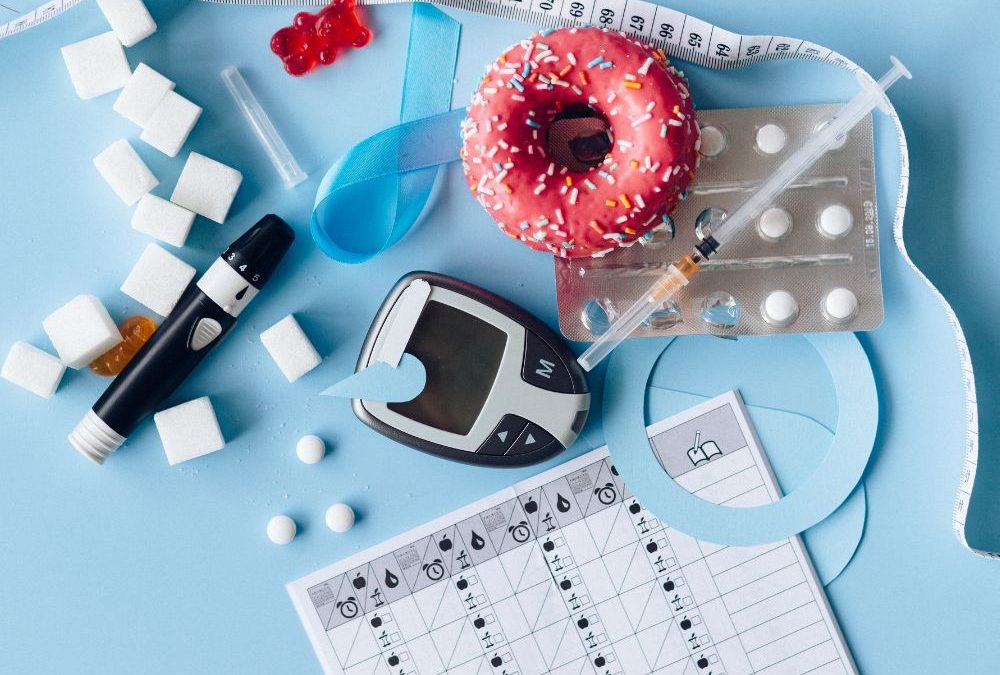Diabetic Retinopathy: Understanding Symptoms and Causes
Periodically throughout this article, the term, ” Diabetic Retinopathy” will be referred to as, ” R.A.”
Diabetic retinopathy, “D.R.” a common complication of diabetes, is a serious eye condition that can lead to vision loss or even blindness if left untreated. It’s essential for individuals with diabetes to be well-informed about this condition and its potential consequences. In this article, we will explore the symptoms and causes of D.R. , shedding light on the importance of early detection and management.
What is Diabetic Retinopathy?
D.R. is a diabetic eye disease that affects the retina, the light-sensitive tissue at the back of the eye. The retina is responsible for converting light into signals that the brain interprets as images. When blood sugar levels are consistently high, as is the case in diabetes, it can damage the blood vessels in the retina, leading to various eye problems. D.R. is a progressive disease that often develops without any noticeable symptoms in its early stages. This is why regular eye exams for individuals with diabetes are crucial for early detection and treatment.
Symptoms of D.R.
In the early stages, D.R. often presents no noticeable symptoms. However, as the disease progresses, several symptoms may become evident, including:
- Blurred Vision: Blurred or fluctuating vision is a common early symptom of D.R. . This occurs as a result of swelling in the macula, the central part of the retina responsible for sharp vision.
- Floaters: Tiny specks or dark strings floating in your field of vision, known as floaters, can be a sign of bleeding in the eye caused by damaged blood vessels.
- Vision Fluctuations: Your vision may fluctuate, making it challenging to focus on objects.
- Impaired Color Vision: Difficulty perceiving colors or distinguishing between them can be a symptom of advanced D.R. .
- Dark or Empty Areas in Vision: In more severe cases, you may experience dark or empty areas in your field of vision, indicating areas of retinal damage.
- Vision Loss: Without proper management, D.R. can lead to significant vision loss, and in some cases, even blindness.
It’s essential to note that D.R. can affect one or both eyes. The progression and severity of the disease may vary from one eye to another.
Causes of D.R.
The primary cause of diabetic retinopathy is prolonged high blood sugar levels. Elevated blood sugar can lead to a variety of changes in the blood vessels of the retina, contributing to the development and progression of the condition. The specific causes and risk factors associated with D.R. include:
- Poorly Controlled Diabetes: Uncontrolled or poorly managed diabetes is the most significant risk factor for D.R. . High blood sugar levels over an extended period increase the likelihood of damage to the retinal blood vessels.
- Type of Diabetes: Both type 1 and type 2 diabetes can lead to D.R. . The risk may be higher for individuals who have had diabetes for a more extended period.
- Blood Pressure: High blood pressure (hypertension) can exacerbate the damage to retinal blood vessels. Individuals with diabetes should also manage their blood pressure to reduce the risk of D.R. .
- Cholesterol Levels: Elevated levels of LDL (low-density lipoprotein) cholesterol can increase the risk of D.R. .
- Pregnancy: Pregnant women with diabetes, particularly those with poor blood sugar control, are at an increased risk of developing D.R. .
- Genetics: A family history of diabetes or D.R. may increase the likelihood of developing the condition.
- Smoking: Smoking is a significant risk factor for various health conditions, including D.R. . It can worsen the effects of diabetes on the blood vessels and increase the risk of vision problems.
Stages of Diabetic Retinopathy
To better understand the progression of D.R. , it is often categorized into stages:
- Mild Nonproliferative Retinopathy: In the early stage, tiny areas of balloon-like swelling in the blood vessels (microaneurysms) may develop. These may leak fluid into the retina.
- Moderate Nonproliferative Retinopathy: As the disease progresses, blood vessels can become blocked, preventing adequate blood flow to the retina. This can result in areas of the retina becoming deprived of blood.
- Severe Nonproliferative Retinopathy: In this stage, a more significant number of blood vessels become blocked, increasing the risk of developing proliferative retinopathy.
- Proliferative Retinopathy: This is the most advanced stage of D.R. . New, abnormal blood vessels begin to grow on the surface of the retina and into the vitreous gel, the clear gel that fills the center of the eye. These new vessels are fragile and can leak blood into the vitreous, causing vision problems and scarring of the retina.
Preventing and Managing D.R.
While D.R. is a serious condition, there are steps individuals with diabetes can take to reduce their risk and manage the disease effectively:
- Control Blood Sugar: Maintaining healthy blood sugar levels is the most crucial step in preventing and managing D.R. . Regular monitoring and working closely with a healthcare team to adjust medication and lifestyle factors are key.
- Manage Blood Pressure: Controlling blood pressure can significantly reduce the risk of D.R. and slow its progression. Lifestyle changes and medications may be necessary to manage hypertension.
- Monitor Cholesterol: Managing cholesterol levels, particularly LDL cholesterol, is also important for those with diabetes. Dietary changes and medication may be necessary.
- Regular Eye Exams: Individuals with diabetes should schedule annual or more frequent eye exams with an eye specialist. Early detection and intervention can prevent vision loss.
- Lifestyle Changes: Quitting smoking and adopting a healthy lifestyle that includes regular exercise and a balanced diet can have a positive impact on overall health and the risk of diabetic retinopathy.
- Medications and Surgery: In more advanced cases of D.R. , medical treatments like anti-VEGF injections, laser therapy, or vitrectomy surgery may be necessary to prevent further vision loss.
The Importance of Early Detection
Early detection of D.R. is critical to prevent vision loss. Regular eye exams are the primary method for detecting the disease in its early stages. These exams allow eye specialists to assess the health of the retina and identify any signs of retinopathy.
Treatment can be most effective when initiated early, and in many cases, it can prevent the progression of the disease. For this reason, individuals with diabetes should not neglect their eye health and should adhere to a schedule of regular eye exams.
Conclusion
D.R. is a serious eye condition that can result from poorly controlled diabetes. It often develops without noticeable symptoms in its early stages, making regular eye exams imperative for early detection. The symptoms of D.R. , such as blurred vision, floaters, and vision fluctuations, should not be ignored, as timely intervention can prevent further vision loss.
The causes of D.R. are primarily related to prolonged high blood sugar levels, making diabetes management a crucial aspect of prevention. Lifestyle changes, such as quitting smoking, managing blood pressure, and controlling cholesterol levels, can also reduce the risk of diabetic retinopathy.
With proper management and early detection through regular eye exams, individuals with diabetes can protect their vision and reduce the risk of D.R. -related complications.
Sources:











